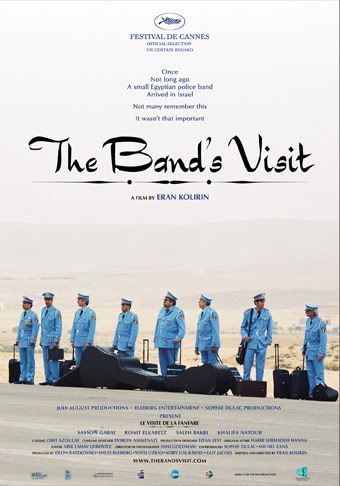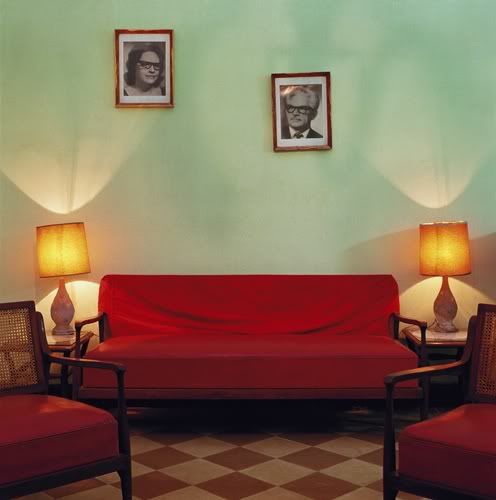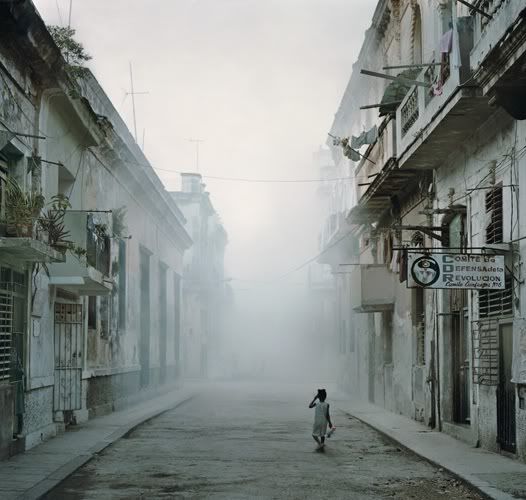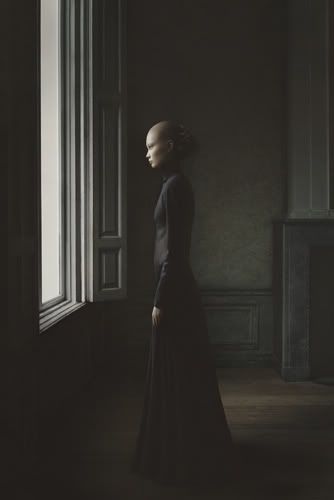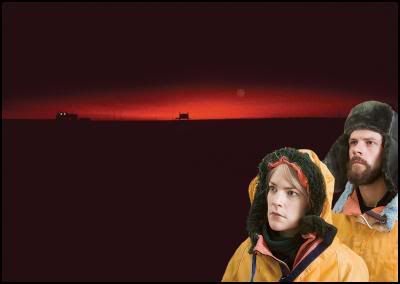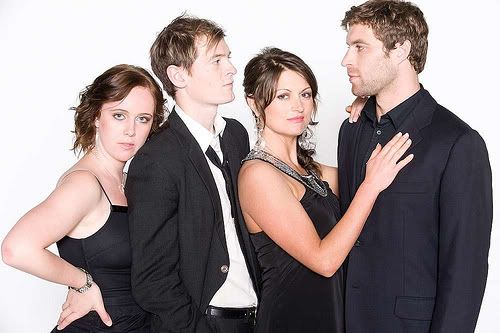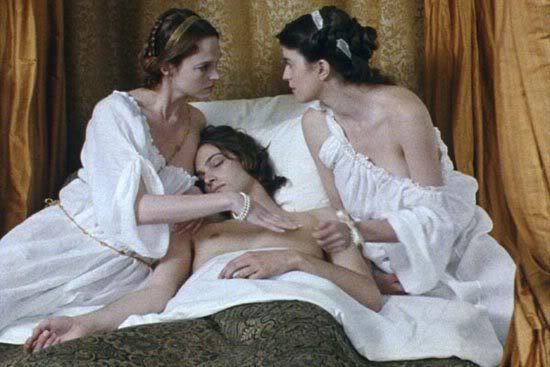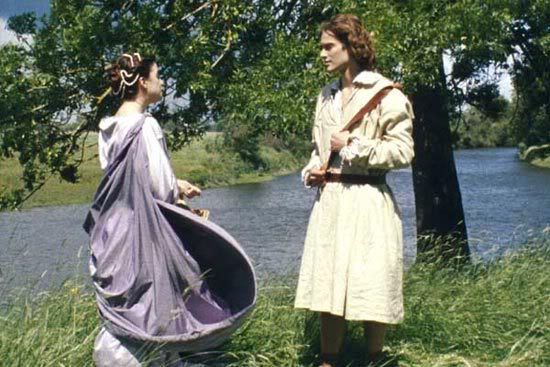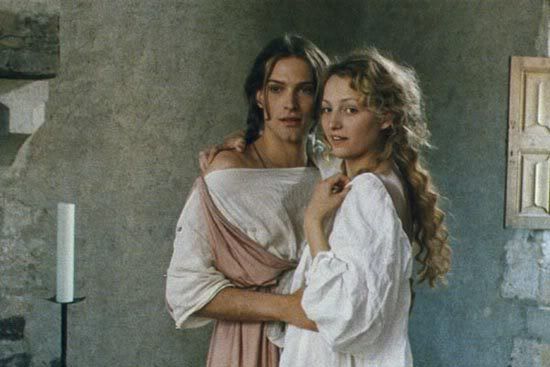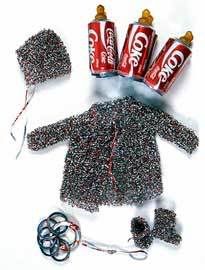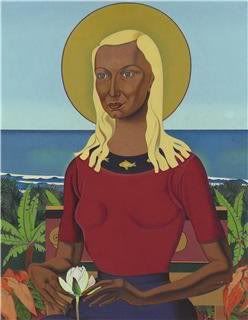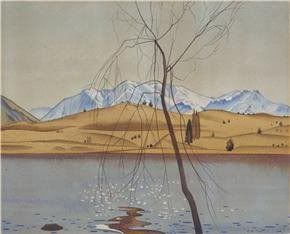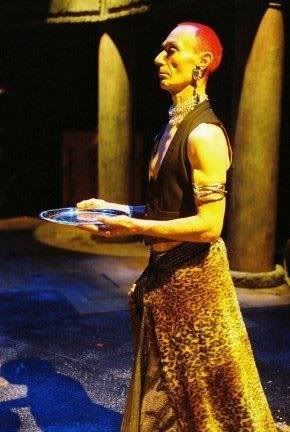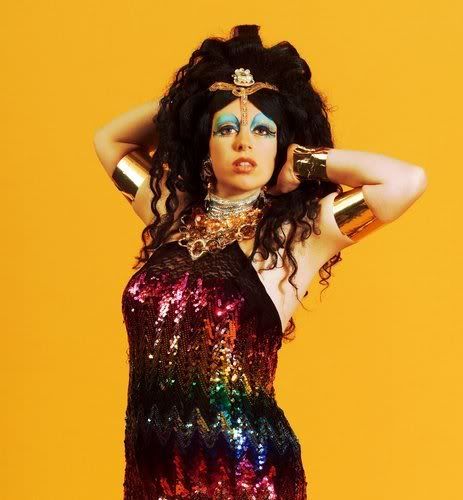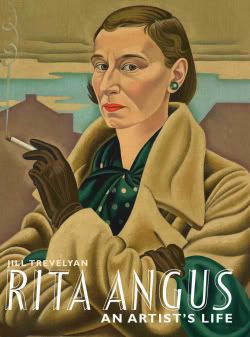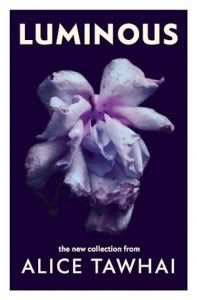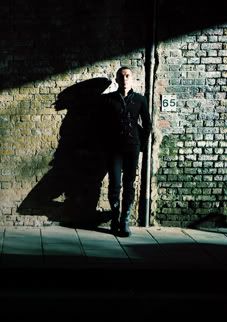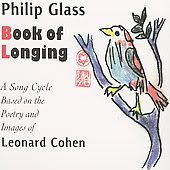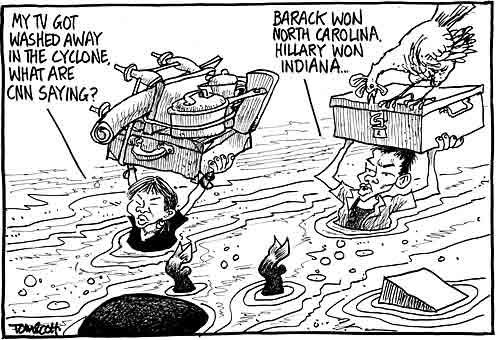
K. said: "An avant-garde film about about theatre and focused on a mature woman who's not defined by the men in her life: you must be in heaven." I was.
This is a film that, like most of Cassavetes's works, hits me both intellectually and emotionally, challenges my preconceived notions about what a film should be like, what POV I'm supposed to sympathise with as a viewer (although, frankly, I resist this part, because I'm completly immersed in Gena's Myrtle Gordon, I want it to be so, to the very end), what layers of meaning I should be looking for.
Myrtle is an actress and a diva who cannot find the key to the character she's playing in the New Heaven previews of "The Second Woman", a new play written by 68-year old Sarah Goode (the magnificent Joan Blondell).
Sarah tells her to focus on age, on the character Virginia's unhappiness with becoming old. But Myrtle resists this reading, while everyone aorund her, the playwright, the director Manny (played by Ben Gazzara) and her co-star and ex-lover, Maurice (John Cassavetes) remind her that she's not a woman to them (anymore): she's a professional.
She drinks and fights with everything she can all attempts to define Virginia, night after night, throwing the play into chaos, frustrating everyone in the cast and crew with her ad-libiting, her drunkness, her depression, her meltdown.
She has visions of a young fan who adored her and who died at the start of the film in front of her eyes: but the young ghost is in reality a younger version of herself that doesn't let her go, that she doesn't want to let go of, but that eventually she will need to exorcise.

While the men want her to accept the "reality" of her and her character's aging, she pushes for an interpretation of the play "where age doesn't matter", where she can still embrace the "raw emotions" of her youth. And even after she has exorcised the ghost, she visits Maurice the night before the New York premiere and encourages him to follow her anarchic revision of the play: "Let’s take this play. Let’s dump it upside down and see if we can’t find something human in it."
She wants hope, the hope that somehow with her interpretation she can connect with at least one woman in the audience, someone who will feel that her life and her emotions have been voiced.
And even after Maurice's rejection, even after her final drunken meltdown, she turns up for opening night, throws herself on the stage, grabs the play by the balls, and runs with it: and Maurice follows her lead, fights back, ad-libits back, finally delivering together with her a performance where hope and love and humour are found again in the lives of a middle-aged couple who used to love each other.
But the final scene, the one that truly seals Myrtle's triumph ("Is this a woman who loses or who wins?" she had challenged writer, producer and director during reharsals), is after the play, when Manny's wife Dorothy (Zohra Lampert, a phenomenal screen presence), the silent presence, the shadow, the real second woman who'd warily observed her rival (both metaphorical and real, as Manny does indeed sleep with her) throughout the reharsals, walks up to her, hugs and kisses her.
It's on the freeze frame of the hug and kiss between the aging diva and the woman in the audience with whom she has connected that film ends, the titles roll, while we, the viewers, finally hear Dorothy's voice vibrate with raw emotion off-screen: and it's that scene that I still remembered from 20 years ago, because it was the one that made sense of the entire film for me.
Not a story about an aging actress, a woman who regrets the love and children and family she never chose, an alcoholic's freefalling towards self-destruction; rather, a film about a woman who might not always win, but who most defintely refuses to lose.
A few, much more professional, academic and fascinating interpretations: Ray Carney's assessment and reviews, Roger Deforest's scene by scene analysis on JohnCassavetes.net, Matthew Clayfield
And I've just found out that in Brooklyn, NY, a play based on Cassavetes's film opened just last night (how weird is that?). It sounds very exciting and innovative: if I lived there, I wouldn't miss it.
